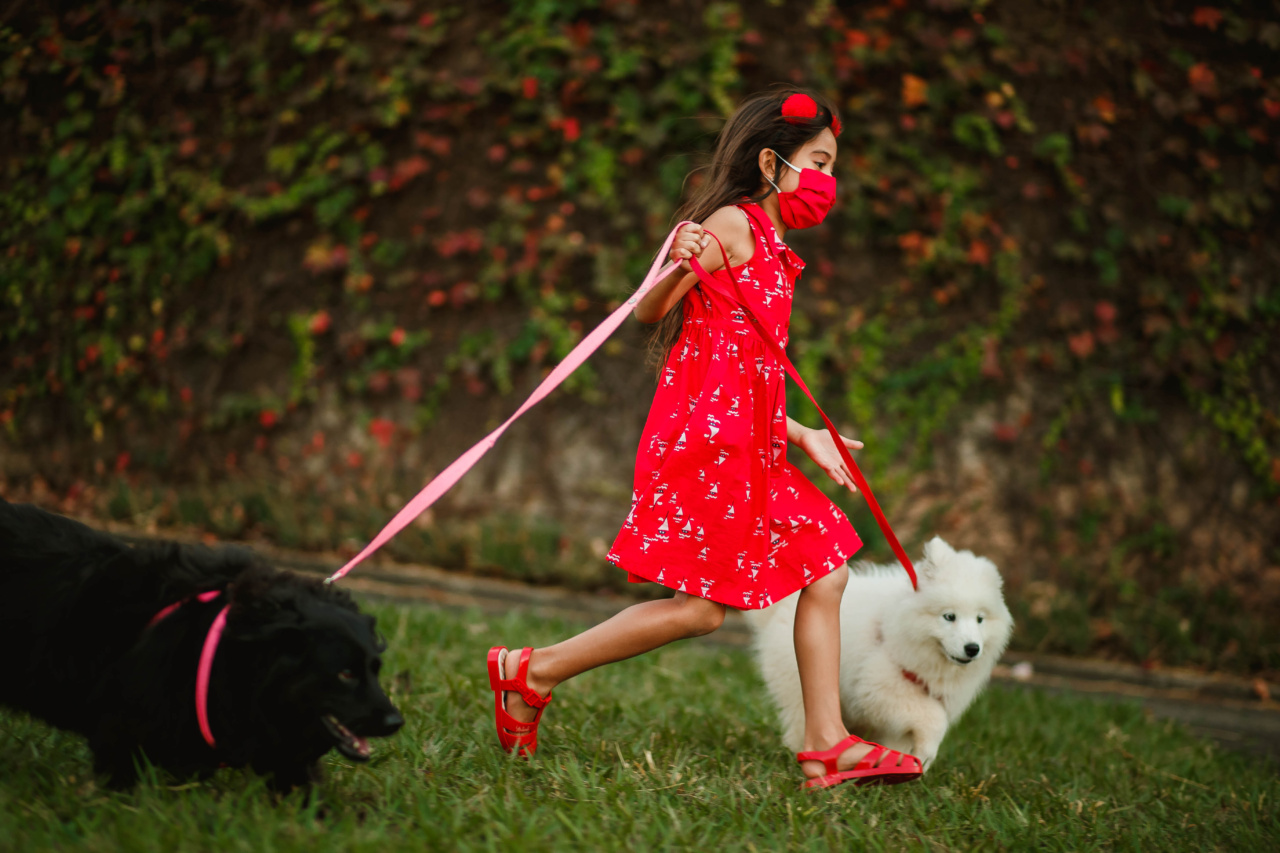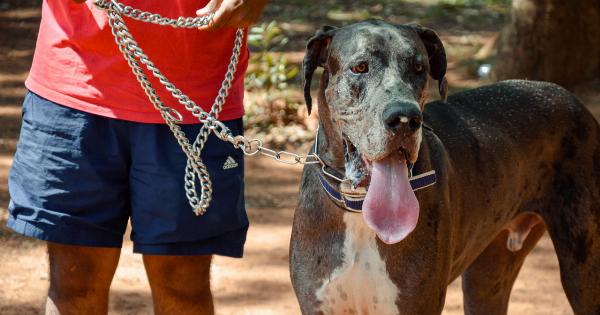As a parent, it’s important to keep your children safe around dogs. While dogs can be loving and loyal companions, they can also pose a risk if they feel threatened, scared, or territorial.
Here are some tips to help your kids stay safe around dogs:.
1. Teach Your Children How to Approach Dogs
Teach your children to respect dogs’ boundaries and to always ask permission from the dog’s owner before approaching. Show them how to hold out their hand, palm down, and allow the dog to sniff them before they try to pat or pet the dog.
Encourage your kids to avoid making sudden movements, loud noises, or running towards a dog, as this can startle or scare the dog.
2. Teach Your Children to Read Dogs’ Body Language
Dogs communicate through their body language, so it’s important for your kids to know what to look for. Teach them to look for signs of fear or anxiety, such as cowering, growling, baring teeth, or trembling.
Also, teach them to watch for signs of aggression, such as raised hackles and a stiff tail. Make sure your kids understand that if a dog is showing these signs, they should never approach or try to pat the dog.
3. Playtime Should be Supervised
Always supervise your kids when they’re playing with dogs. This means keeping a close eye on them and not leaving them alone with the dog.
If the dog starts to act aggressively or exhibit any concerning behavior, remove your child from the situation immediately.
4. Be Mindful of the Dog’s Comfort Level
Just like people, dogs have their own comfort levels and boundaries. Teach your kids to be mindful of the dog’s body language and to respect its personal space.
If the dog moves away or shows signs of discomfort, your child should back off and give the dog some space.
5. Teach Your Child to Feed Dogs Safely
If you have a dog in the house, teach your child to feed them safely. Show them how to hold the food out with open palms and let the dog eat from their hand.
Make sure your child doesn’t try to take food away from the dog or disturb them while they’re eating.
6. Teach Your Child About Dog-friendly vs Dog-unfriendly Behavior
Teach your child the difference between friendly and unfriendly behavior when interacting with dogs. Let them know that pulling on tails, ears, or fur is not okay. Also, teach your child not to stare directly at the dog or to try and climb on them.
7. Be Cautious Around Stray Dogs
If your child encounters a stray dog, teach them to stay calm and still. Encourage them not to run away from the dog, as this can trigger the dog’s natural chase instinct. Also, teach them to avoid making eye contact and to back away slowly.
8. Encourage Your Child to Carry a Dog Deterrent
You can never be too cautious around dogs, no matter how friendly the dog may appear. Encourage your child to carry a dog deterrent, such as a loud whistle, spray bottle, or a personal safety alarm, when they’re out and about.
Make sure they know how to use it effectively in case of an emergency.
9. Set Boundaries for Your Own Pets
If you have your own dog, set clear boundaries for your kids when interacting with the dog. Make sure your kids know when it’s okay to play with the dog and when they need to leave them alone.
Also, teach your child how to interact with the dog safely and calmly. Encourage your child to help with the care and feeding of the dog, so they learn to respect and care for animals effectively.
10. Don’t Assume All Dogs are Friendly
Finally, it’s important not to assume that all dogs are friendly. Some dogs may have aggressive tendencies or may not be used to being around kids.
Encourage your child to approach all dogs with caution and to never assume that the dog is going to be friendly, regardless of the owner’s assurances.































